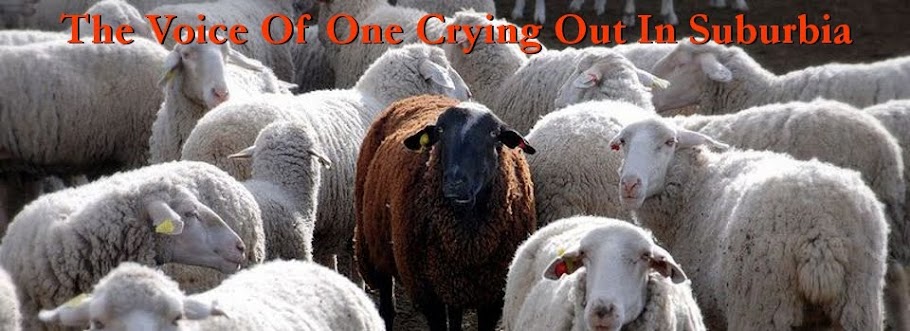I think a case can be made that it does. You need look no further than this map of American Anabaptism that I came across this weekend. Take a look at the link and then read on…
The crazy patchwork quilt (pun intended!) of American Anabaptism is proof positive that when persecuted groups of Christians find somewhere comfortable to live, they tend to act in many ways just like the rest of the church. They start to splinter based on preferences and the impulse by some to liberalize and the impulse by others to conserve. Anabaptists were never a super unified group even in Europe. The nature of the Radical Reformation and the accompanying persecution meant that by and large Anabaptism was rapidly changing while on the run from persecution. Many small splinter groups formed and died out but several groups coalesced and still exist: the various Mennonites, the Amish, the Hutterites and the assorted Brethren groups. Those groups that survived have gone through a ton of division since emigrating to North America.
I will say that it seems that many of the Anabaptist groups in America are somewhat more unified than Protestant denominations. That is not to say that you are likely to see representative from the Amish at a meeting of the Mennonite Church USA but there does seem to be more cohesiveness and camaraderie for lack of a better word. Maybe that it is a naïve view from the outside. Certainly the range of doctrines and especially practices in the Mennonite groups is enormous, all the way from “horse and buggy” Mennonites to the MC-USA which looks very much like most other mainline Protestant groups. Nevertheless, the shared "Anabaptist" identity seems to resonate among most of these groups.
So back to my point. I think much of the division we see in the church in the West is attributable to how comfortable we are. When a church is persecuted, in fear of arrest, torture and death for simply meeting together, secondary doctrines seem to naturally take a back seat. Arguments about pre or post millenialism don't seem that important when you are watching the door for the authorities. Survival and Gospel witness in the midst of persecution makes mutual cooperation and community far more important. Conversely in the midst of a general accepting culture that sees overt public displays of religion as a positive, the church is able to spend more time focused on secondary issues and of course dividing from one another over those issues. Perhaps it could be argued that our cherished religious freedom in America is one of the primary causes of the division and disunity in the church? If so, it seems that those days are waning. I worry that the church in developing nations grows in influence that they will go through the same disuity and splintering that has characterized the Western church. Hopefully leaders overseas will see the result of Western style Christianity and change course before it is too late.
This might be yet another silver lining in the death of cultural Christianity, a greater cohesiveness in the church. Just like nothing leads to division in the church like being comfortable with the surrounding culture, I think it holds that nothing unites the people of God like shared suffering.
I don’t know that we are headed to a period of actual persecution. The cultural face of post-Christendom seems more one of indifference than antipathy. The cultural nostalgia over religion, the First Amendment guarantees and the political usefulness of religion as a wedge issue makes it unlikely to face any real opposition in my lifetime. Regardless, as cultural Christianity loses its grip on America, I think it seems inevitable that the increased cost of being an actual disciple will lead to greater cohesiveness and cooperation among God’s people.

1 comment:
Yes, we have hope for that positive outcome as well. ~Cindy Stuckey
Post a Comment